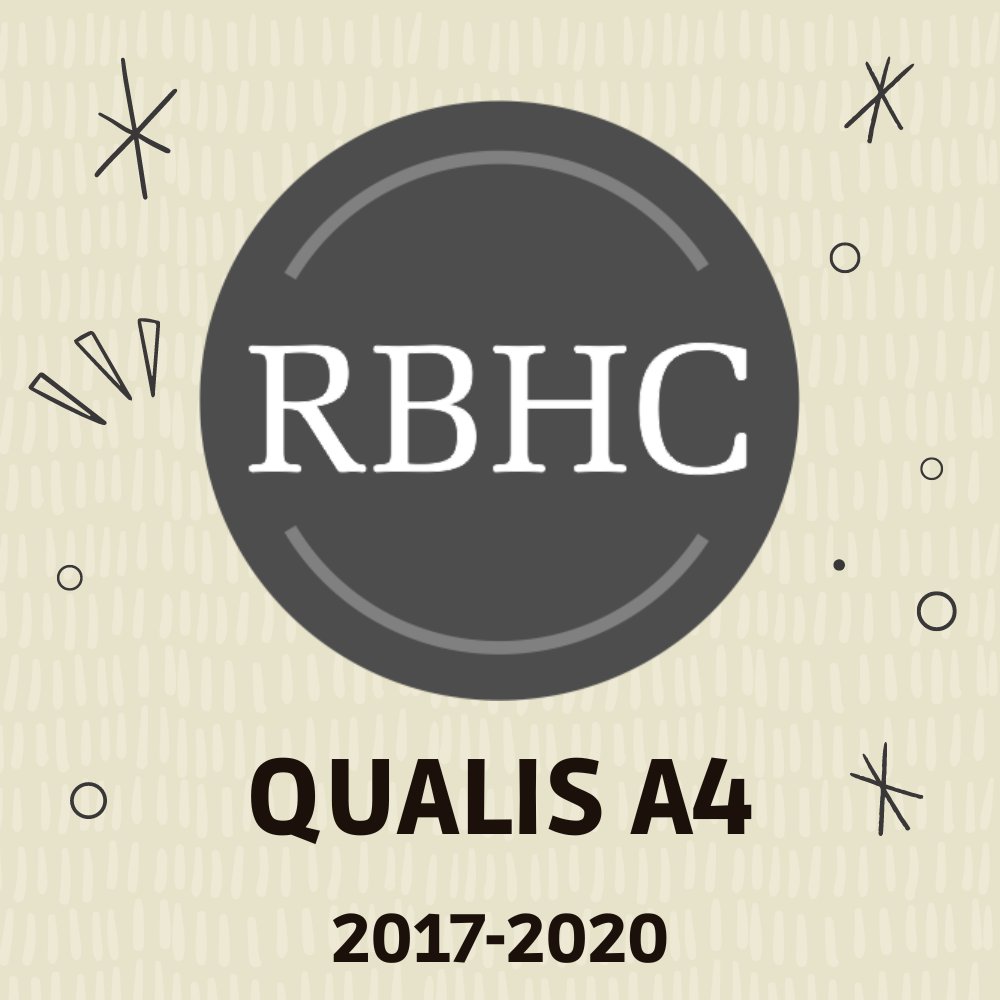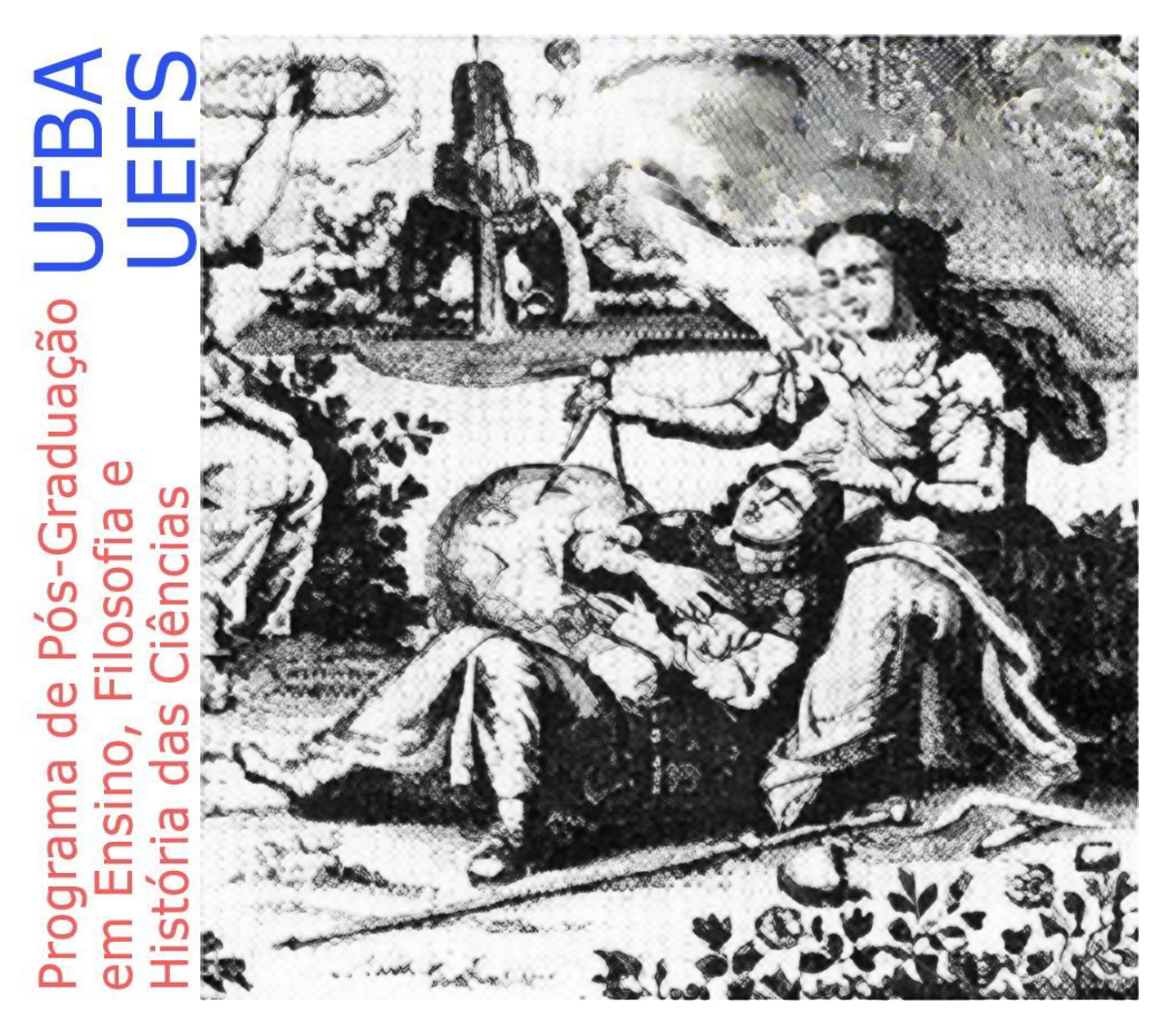Arrival and diffusion of the pill in Brazil, 1962-1972
what information was available to potential users?
DOI:
https://doi.org/10.53727/rbhc.v9i2.164Keywords:
oral contraception, diffusion, Brazil, 1962-1972, mass mediaAbstract
In the present study we sought to analyze contextual and historiographical aspects related with the early diffusion of oral contraception in Brazil, particularly among women, during the first decade after its arrival in 1962 in São Paulo. More in particular, we sought to analyze how the information about the mechanism of action of the pill on the female body, related implications and alleged benefits and risks was divulgated. For that purpose, we used as sources magazines and newspapers commonly read at that time. As a result we were able to map the contemporary scientific ideas on oral contraception within the corresponding socio-historical context. Our study shows that while the arrival of the pill in Brazil triggered heated debates, they dealt less with scientific than with moral, political and religious issues.
Downloads
Downloads
Published
Issue
Section
License

This work is licensed under a Creative Commons Attribution-NonCommercial-NoDerivatives 4.0 International License.



















